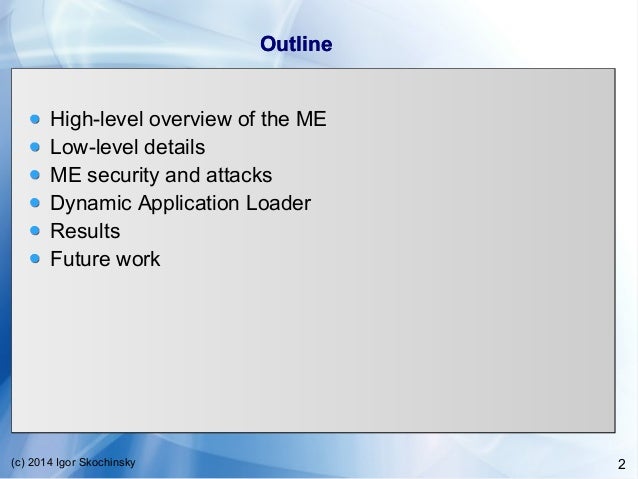
- #Qtfairuse 6 2.5 mp4
- #Qtfairuse 6 2.5 portable
- #Qtfairuse 6 2.5 software
- #Qtfairuse 6 2.5 trial
- #Qtfairuse 6 2.5 license
Steve Jobs' "Thoughts on Music" open letter Additionally, the possibility that Apple could change its technology to purposefully "break" Harmony's function raised the possibility that Real's business could be harmed. In August 2005, an SEC filing by RealNetworks disclosed that continued use of the Harmony technology put themselves at considerable risk because of the possibility of a lawsuit from Apple, which would be expensive to defend against, even if the court agreed that the technology was legal.

#Qtfairuse 6 2.5 software
At the end of 2004, Apple had updated its software in a way that broke the Harmony technology, prompting RealNetworks to promise a then-upcoming fix. The petition backfired, with comments criticizing Real's tactics, though some commentators also supported it. RealNetworks launched an Internet petition titled "Hey Apple! Don't break my iPod", encouraging iPod users to sign up to support Real's action. We are stunned that RealNetworks has adopted the tactics and ethics of a hacker to break into the iPod®, and we are investigating the implications of their actions under the DMCA and other laws.
#Qtfairuse 6 2.5 portable
In a press release, RealNetworks argued that Harmony was a boon to consumers that "frees" them "from the limitation of being locked into a specific portable device when they buy digital music." In response, Apple issued a statement: The Harmony technology was built into the company's RealPlayer and allowed users of the RealPlayer Music Store to play their songs on the iPod. In July 2004, RealNetworks introduced its Harmony technology. Various media publications have written about DRM removal software, though Apple has continually made efforts in updating its software to counteract these options, resulting in upgraded DRM systems and discontinued DRM removal software.
#Qtfairuse 6 2.5 license
In October 2006, Jon Johansen announced he had reverse engineered FairPlay and would start to license the technology to companies wanting their media to play on Apple's devices. Circumvention/removal Īfter the introduction of the FairPlay system, multiple parties have attempted and succeeded to circumvent or remove the encryption of FairPlay-protected files. A few weeks later, the case was closed, with the jury deciding in Apple's favor, citing a then-new version of iTunes as being a "genuine product improvement".

#Qtfairuse 6 2.5 trial
In December 2014, Apple went to trial against the claims raised, with the opposing party's plaintiff lawyers seeking $350 million in damages for nearly eight million affected customers. All iPod owners who had purchased their device between Septemand Mawere included in the class action lawsuit, unless they opted out. Around the same time, the main antitrust allegation was changed to cover the belief that Apple had deliberately updated the iTunes software with security patches in a way that prevented synchronization compatibility with competing music stores. In May 2012, the case was changed into a class action lawsuit. In March 2011, Bloomberg reported that Apple's then-CEO Steve Jobs would be required to provide testimony through a deposition. In January 2005, an iTunes customer filed a lawsuit against Apple, alleging that the company broke antitrust laws by using FairPlay with iTunes in a way that purchased music would work only with the company's own music player, the iPod, freezing out competitors. FairPlay allows unlimited music burns to CDs and unlimited music synchronization to iPods, but restricts listening to three Mac computers. Upon attempting to play a file, the master key stored within the file is then matched to the user key, and if successful, allows playing.

When a user registers a new computer with iTunes, the device requests authorization from Apple's servers, thereby gaining a user key. The key required to decrypt the master key is called the "user key".
#Qtfairuse 6 2.5 mp4
The master key required to decrypt the audio layer is also stored in encrypted form in the MP4 container file. The layer is encrypted using the AES algorithm.


 0 kommentar(er)
0 kommentar(er)
